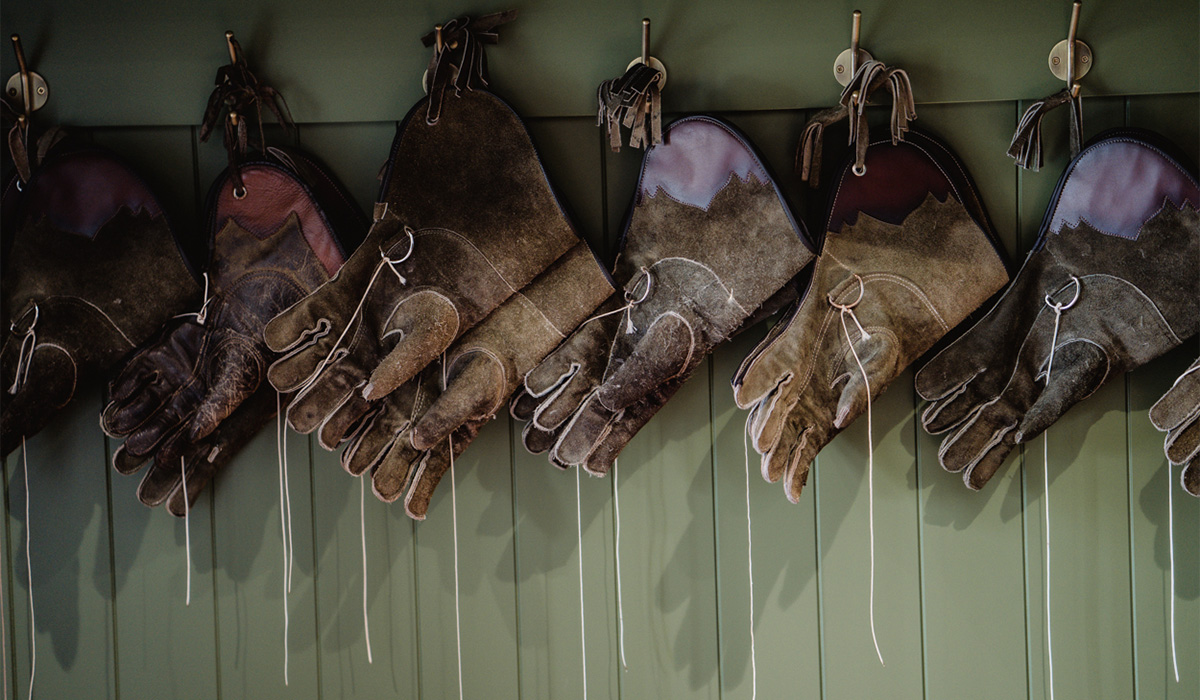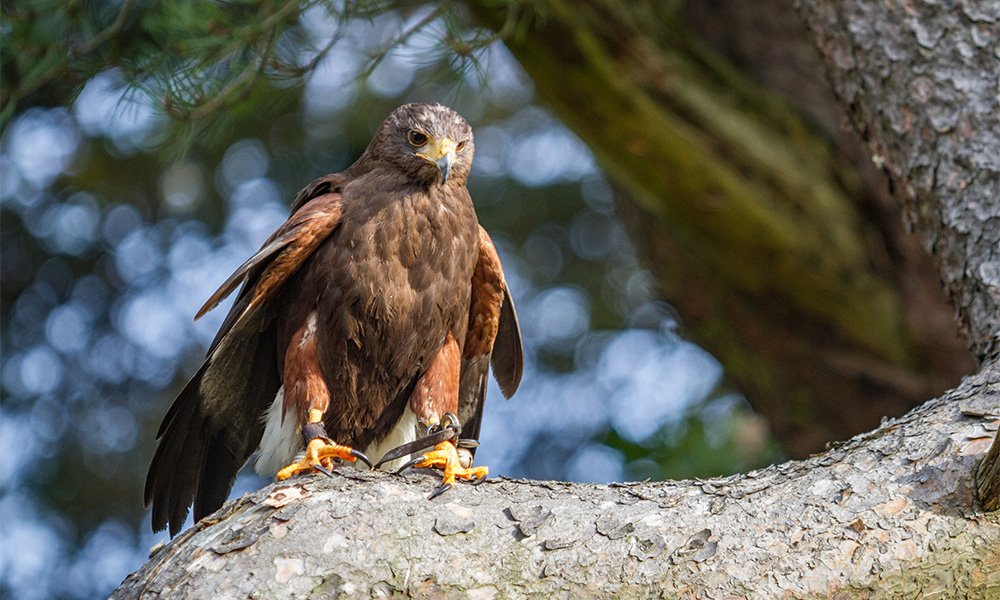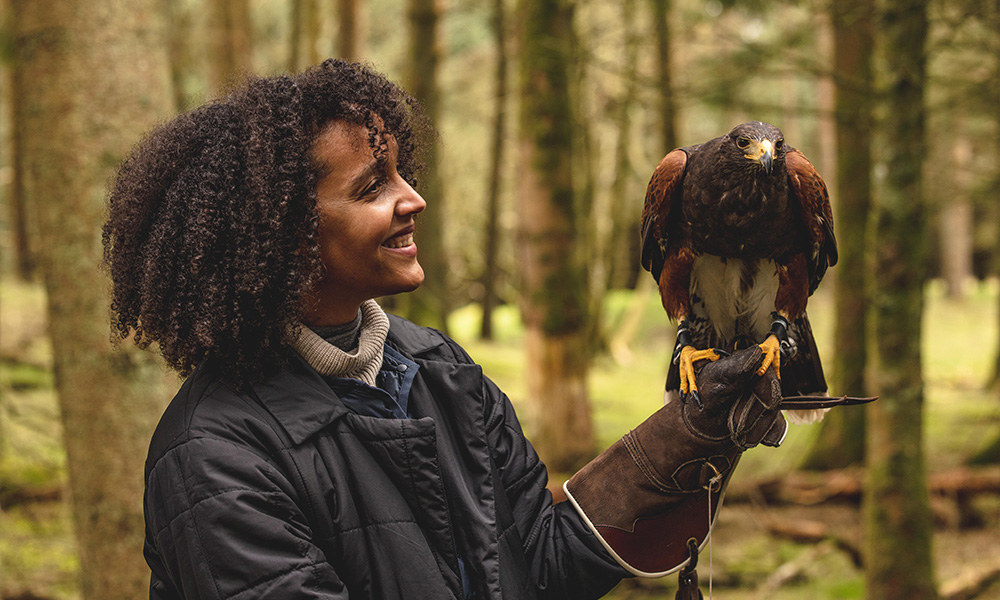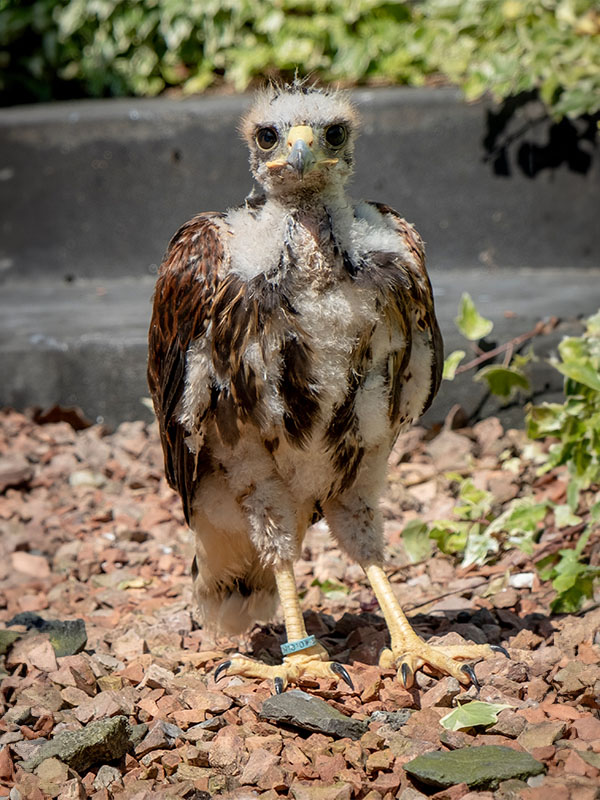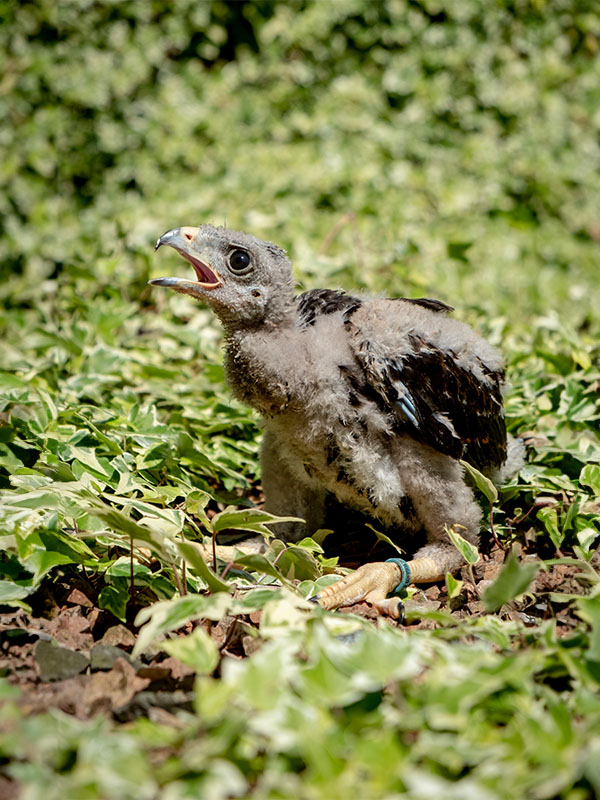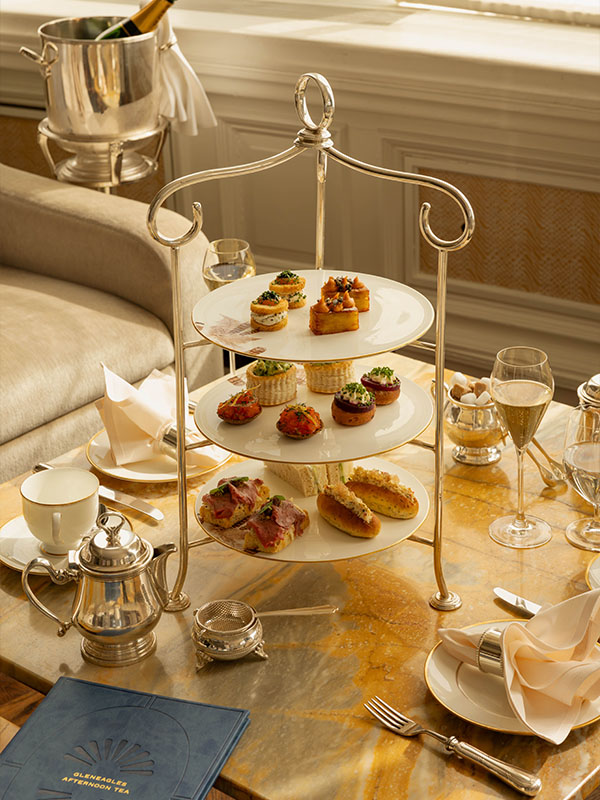Harris Hawks at the Glen
Harris hawks are truly captivating birds of prey, famous for their social skills and teamwork. Unlike most raptors, they love to hunt in family groups, showing off their impressive team spirit. At Gleneagles Falconry School, we’re proud to have 24 of these amazing hawks calling The Glorious Playground their home.
